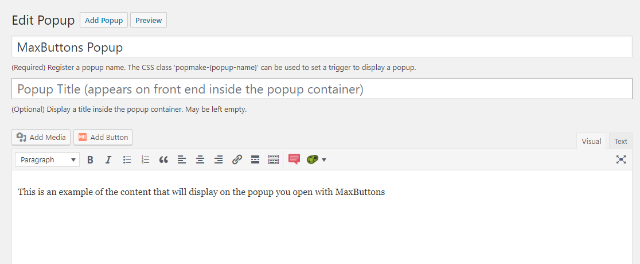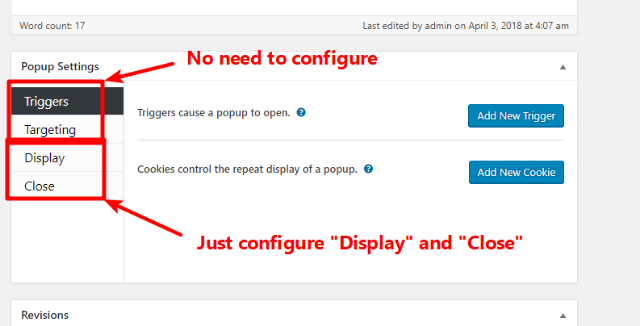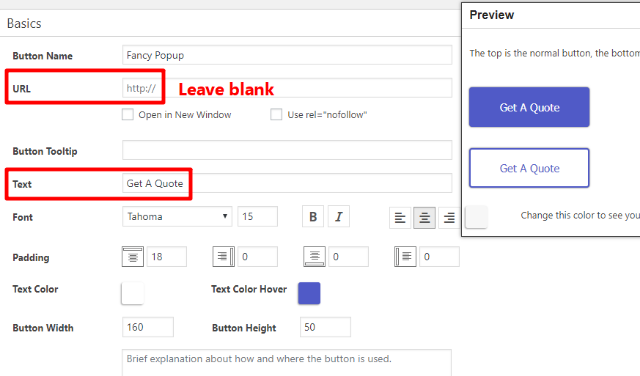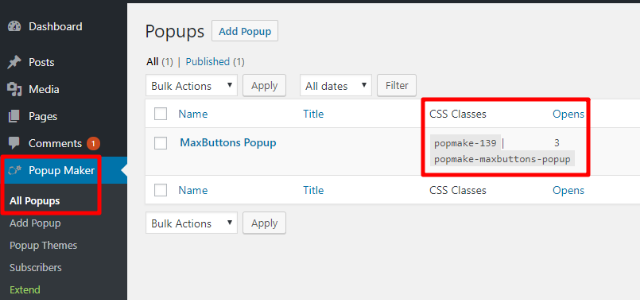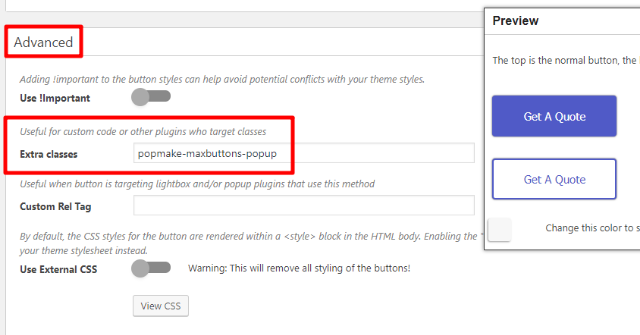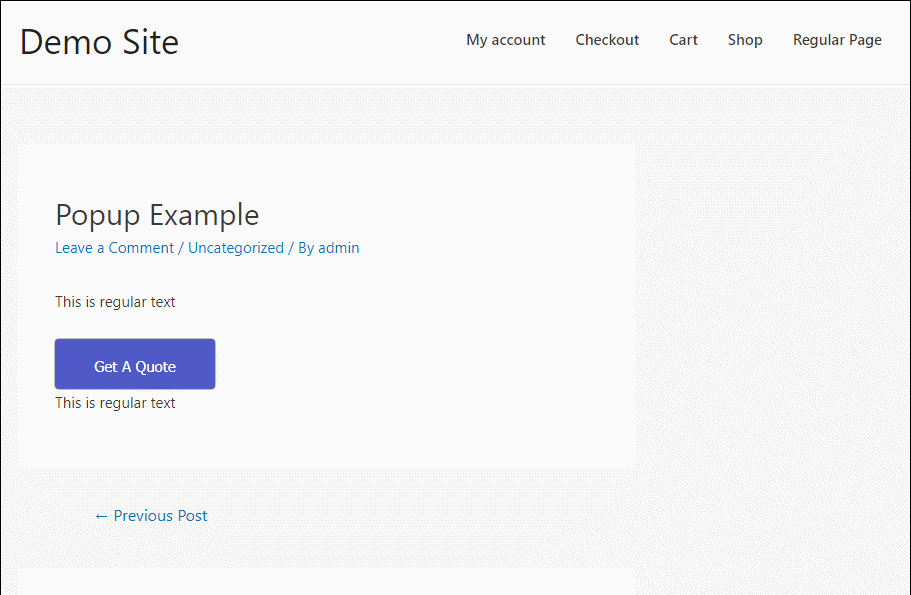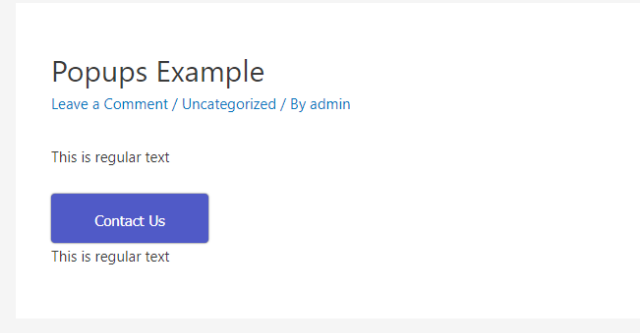If you’re trying to get visitors to sign up for your email list, register at your site, or send you a message, using a two-step opt-in is a powerful approach.
With a two-step opt-in, your visitor clicks on a button to open a popup that displays a form to collect more information. This can actually boost your conversion rate (vs showing the form right away) because it harnesses something called the Zeigarnik effect to make people more likely to fill out your form.
There are also plenty of other niche uses for an onclick popup on your WordPress site that go beyond forms.
But unless you know how to code, this functionality can be difficult to achieve for most webmasters. To help, we’re going to show you exactly how to open a popup after a visitor clicks a button using two free WordPress plugins:
No code required!
As the names imply, you’ll use MaxButtons to create the button, Popup Maker to create the popup, and then you’ll link them together through a simple integration.
Let’s dive in!
*You can also apply these principles to many other popular popup plugins. We just chose Popup Maker because it has the most installs at WordPress.org.
